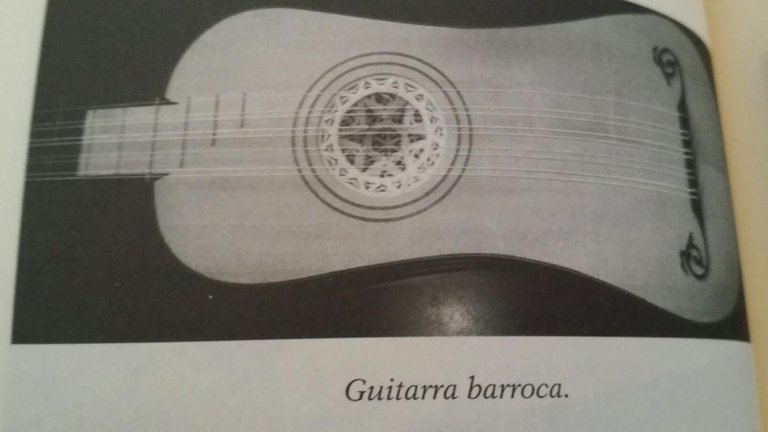
Welcome to this second edition of our blog "The sea of desires". On this occasion we wanted to bring you a little information about the instrumentation and musicalization that was created as a result of the conquest of the continent.
The musical theoretical system that we use on this continent is completely based on mathematics. It has always been sought that the notes are pleasant to the ear through numerical relationships, nothing has been left to chance.
This system uses a fundamental sound called Tonic, in which we can begin to build horizontally and melodically a scale of 7 notes that will be repeated infinitely up or down, treble and bass. These 6 notes that are born from the fundamental are produced by the natural harmonics emitted by this main sound, Tonic.
In a nutshell we are talking about the horizontal architecture produced by the harmonics of a fundamental, for example:
B C ( D E F G A B) C
C is the tonic of the scale, and the notes D, E, F, G, A, B are its harmonics. We can also notice that the scale could be lengthened infinitely more serious or sharper being
C the fundamental sound
f we talk about the mathematical harmonic question of sounds, it is the same law of the harmonics of a fundamental but in vertical succession, creating structures of 3 or more notes called chords. Unlike the melody, in harmony the sounds coexist in unison, meaning that two or more sounds occur in the same period of time.
At the same time, I don't know if they had noticed that in different countries of the continent we find chordophones that are very similar in size and sound, for example; the jarana in Veracruz, the Cavaquinho in Portugal, the ukulele in Hawaii, the vihuela in the mariachi, the Venezuelan cuatro, among many others. All these copied from "guitars" from all over the world, as well as the theory of laudería. All this came together with globalization, in what today we call American popular music and its foundations are the same as 400 years ago, only now loaded with new feelings and contemporary cultural content.
Here I leave you images of the instruments that were copied from the European conquerors.
CUATRO VENEZOLANO
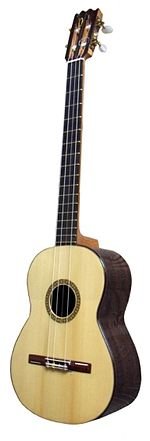
CAVAQUINO
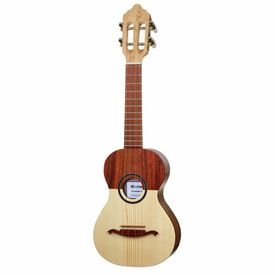
UKELELES
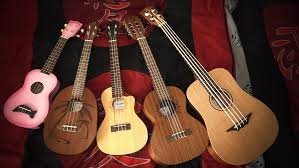
GUITARRA
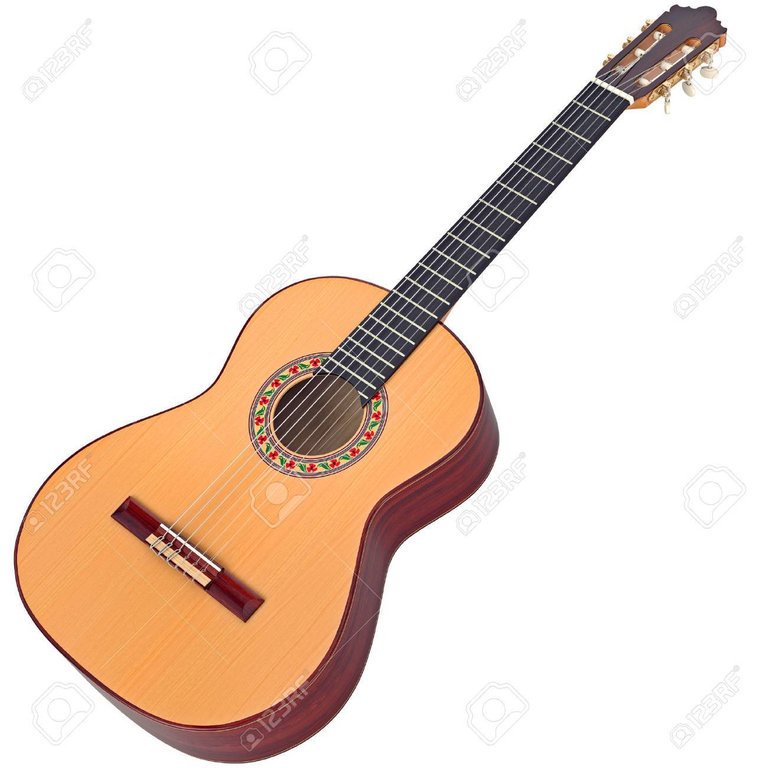
VIHUELA
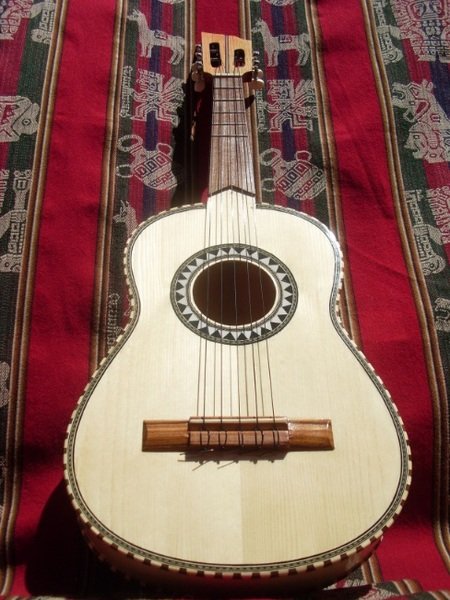
JARANA
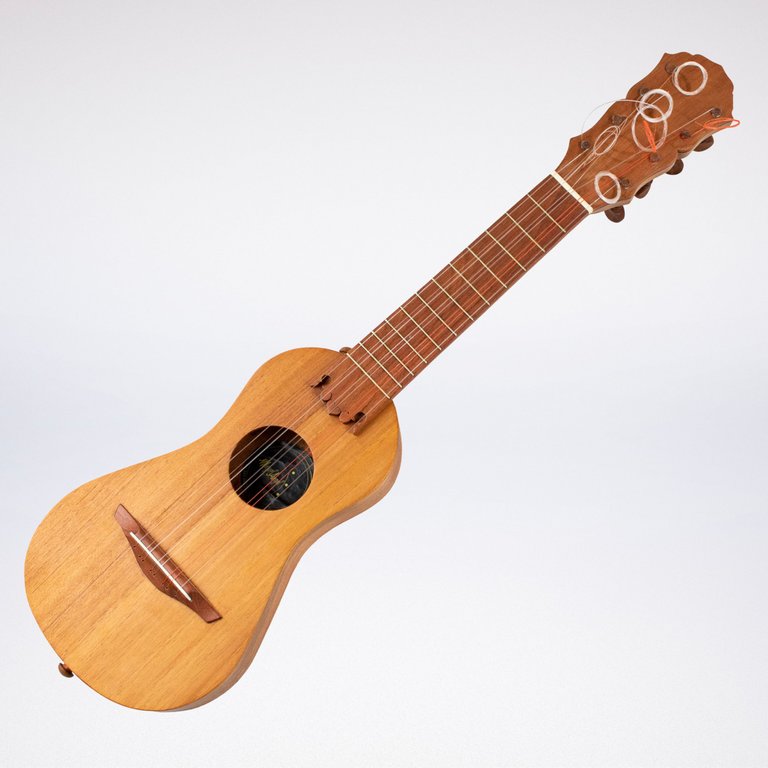
Bienvenidos a esta segunda edición de nuestro blog “El mar de los deseos”. En esta ocasión quisimos traerles un poco de información acerca de la instrumentación y la musicalización que se creó a raíz de la conquista del continente.
El sistema teórico musical que utilizamos en este continente es completamente basado en las matemáticas. Siempre se ha buscado que las notas sean agradables al oído mediante relaciones numéricas, nada se ha dejado al azar.
Este sistema utiliza un sonido fundamental llamado Tónica, en la cual podemos empezar a construir horizontalmente y melódicamente una escala de 7 notas que se repetirán infinitamente hacia arriba o hacia abajo, agudos y graves. Estas 6 notas que nacen a partir de la fundamental son producidas por los armónicos naturales emitidos por este sonido principal, Tónica.
En pocas palabras hablamos acerca de la arquitectura horizontal que producen los armónicos de una fundamental, por ejemplo:
Si Do Re Mi Fa Sol La Si Do
C es la tonica de la escala, y las notas RE,MI,FA,SOL,LA,SI son sus armonicos. tambien podemos notar que la escala podria alargarse infinitamente mas grave o mas aguda siendo C el sonido fundamental
Si hablamos de la cuestión armónica matemática de los sonidos, es la misma ley de los armónicos de una fundamental pero en sucesión vertical, creando estructuras de 3 o más notas llamados acordes. A diferencia de la melodía, en la armonía los sonidos conviven al unísono, ósea que dos o mas sonidos suceden en el mismo lapso de tiempo.
A su vez, no sé si se habían percatado de que en diferentes países del continente encontramos cordófonos muy parecidos en tamaños y sonoridades, como por ejemplo; la jarana en Veracruz, el Cavaquinho en Portugal, el ukelele en Hawái, la vihuela en el mariachi, el cuatro Venezolano, entre muchos otros. Todos estos copiados de “guitarras” provenientes de todo el mundo, así como la teoría de laudería . Todo esto vino a desembocar junto con la globalización, en lo que hoy llamamos música popular americana y sus fundamentos son los mismos que hace 400 años, solamente que ahora cargada de nuevos sentimientos y contenidos culturales contemporaneos.